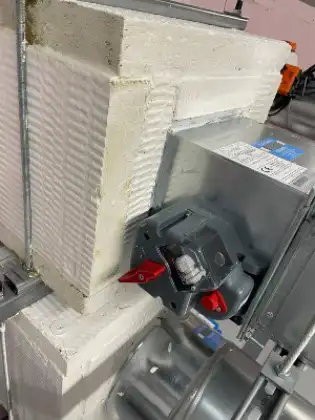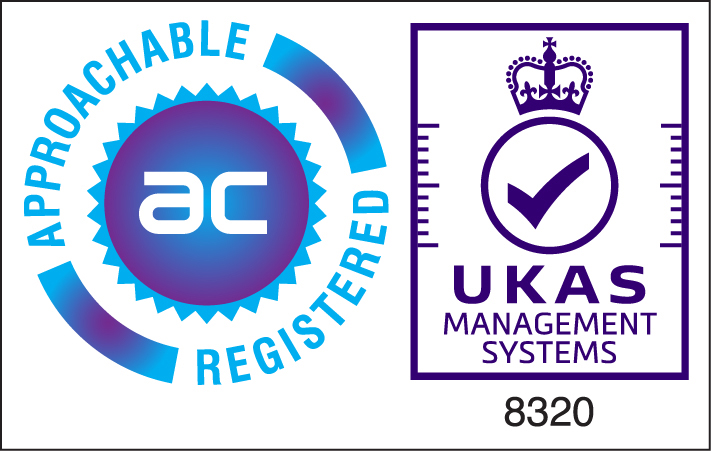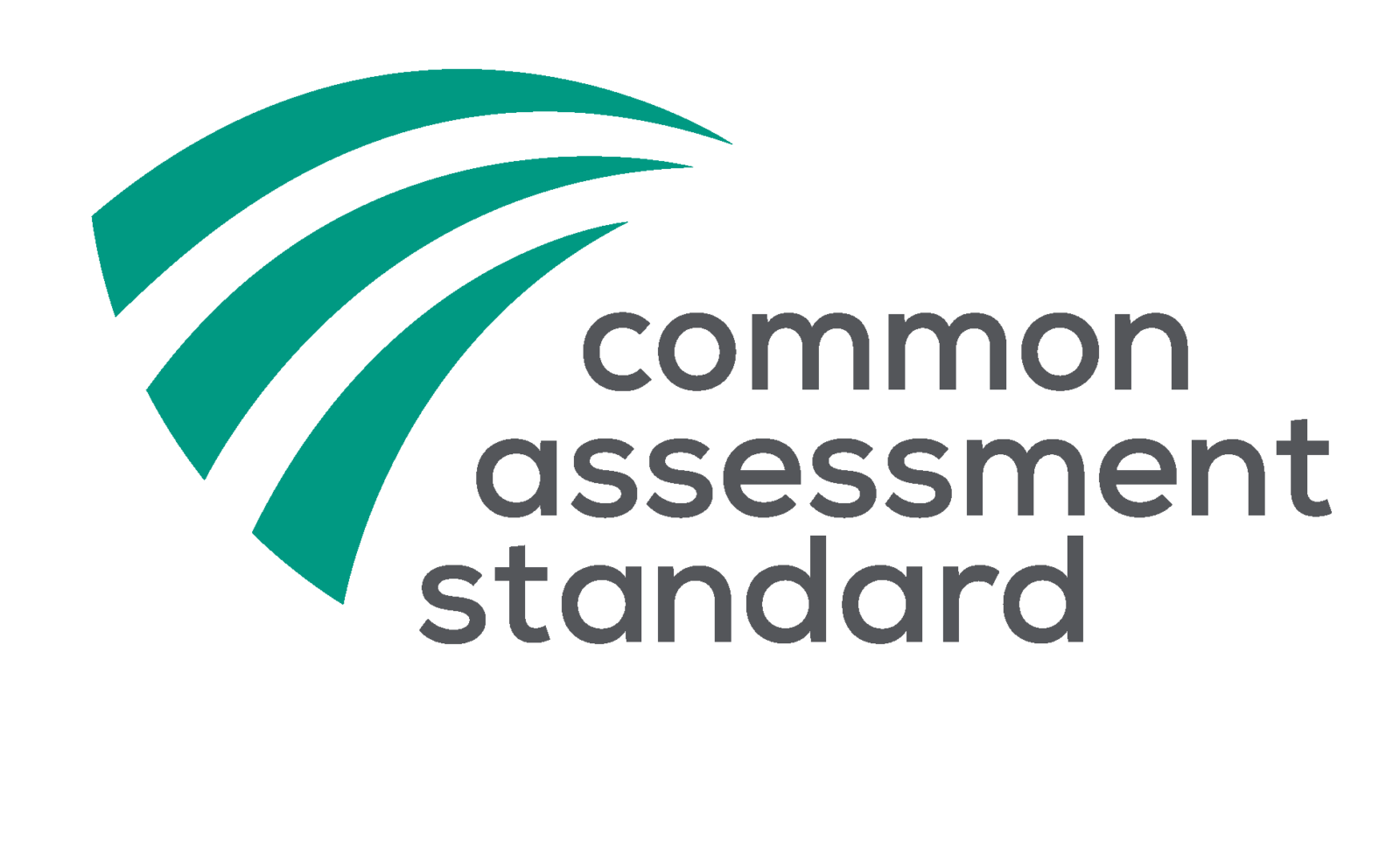One of the most integral parts of any buildings fire strategy are fire dampers. As with any important part or system, they need to be tested annually (or more frequently in some cases) to ensure they are working as intended. This is not only a good idea, but something also set out in BS9999:2017. With around 2.5 million fire dampers now in UK buildings, the need for competent and regular testing is more important than ever.
But what are fire dampers, how does the testing process work and why is testing so crucial?
What are fire dampers?
In simple terms, they are an essential part of any buildings passive fire safety system. When a building is constructed, contractors install fire dampers. Doing this can help slow down the rate at which fire spreads from one section to another. Due to this, dampers should be fitted inside fireproof walls, partitions, floors and ceilings.
How do they work?
Fire dampers contain a thermal element that acts as a fusible link. When higher than usual temperatures melt this link, it activates and a fire barrier is closed within the relevant ductwork. This is key for helping prevent the spread of fire in a building, as a closed damper will localise the danger. Many dampers are now automated smoke/fire components that close via an electronic actuator when an alarm is set off.
What is the process for fire damper testing?
It goes without saying that regular testing of your buildings dampers is a must. This ensures they are in good condition and will work as intended, should a fire break out. But what exactly happens in fire damper testing?
The overall aim of any testing process is to deliver a comprehensive inspection and report on all dampers located in a building. To do this, the site of any dampers will be found by first inspecting the buildings ventilation drawings. These drawings give a visual clue as to where all dampers are on site to inspect.
Following this, each fire damper is given a one-off asset number and the details related to it recorded on inspection. The key data testing engineers record its size, type, location, details of manufacturer and confirmation that it functions correctly.
Testing engineers record digital images of each damper they inspect to include in their final report. These digital photographs are usually done with each part in an open and closed state. Engineers also normally drop the damper, clean it and then reset it as part of testing. It is also common practice to photograph any restrictions on access to fire dampers in a building and any remedial work a specific damper may need.
What challenges can fire damper testing bring?
As you may expect, this type of testing can bring many challenges with it. The nature of the work itself can present its own obstacles, as the correct operation of the damper must be witnessed by an engineer. There is also the cleaning of internal damper surfaces to factor in, which is a delicate process to carry out.
Perhaps the biggest challenge for testing fire dampers though can be access. Internal access is a must for proper testing and requires a decent free area around the damper. If this is not present or the space around it is a little small, access is not easy. Although there should be one access door (as outlined in BESA DW144 and TR19 as a requirement), many inspections will also advise a second to be installed, in order to make future testing simpler.
The last major challenge often seen in fire damper testing are defects which were not picked up when the building was handed over. This can be anything from missing fire stopping to dampers not fitted in the correct alignment and incorrectly supported dampers. In cases like this, remedial work is naturally recommended to fix.
How often should you have your fire dampers tested?
Although they should have been fully checked out when first installed, you do need to keep on top of damper maintenance moving ahead. As these components disturb the air path in a building, they can collect debris and dust fairly quickly. Those found in extraction systems without filters can especially be prone to fast contamination. The frequency of fire damper testing in a building does depend largely on the individual building as a result.
The baseline line as set out in BS9999:2017 is that all buildings should have this testing done annually. While this is fine for some structures, others may require more frequent inspection. To get a firm idea on how often your building might need its dampers testing, it is best to speak with a professional company who offers this service.
Why is fire damper testing so important?
One of the most pressing reasons to have your fire dampers tested regularly is health and safety. This is because dampers are a key part of your fire protection system, which can help save lives. As they work to localise any fire outbreaks and slow the spread of the fire, they give people inside extra time to escape. This, in turn, helps more people get out safely and helps to keep people alive.
The other major reason for regular fire damper testing is prevention of future costs. Regular testing will help to keep your dampers in good condition and hopefully avoid you needing to spend money on replacing them often. In addition, testing can help pick up on any problems before they get too expensive. This can keep maintenance costs low, compared to having major issues to fix.
Fire damper testing with Ventilation Surveys & Services
As the above shows, it is key to focus on fire damper testing in your building. Here at VSS, we are experts in this area and all our engineers have received comprehensive training in damper testing. This means our team of qualified staff have the experience and knowledge to carry out top-notch damper testing in your building. Get in touch via form or call on 0333 1029 930 today for more details.




Ventilation Surveys & Services, 305/307 Tower Street, Century Buildings – Brunswick Business Park, Liverpool, Merseyside, L3 4BJ
Company Registration Number 07411775
VAT – 997895709
© 2025 Ventilation Surveys & Services Limited | Website by Xanthos








